How to Teach Descriptive Writing in Upper Elementary
By Mary Montero
Share This Post:
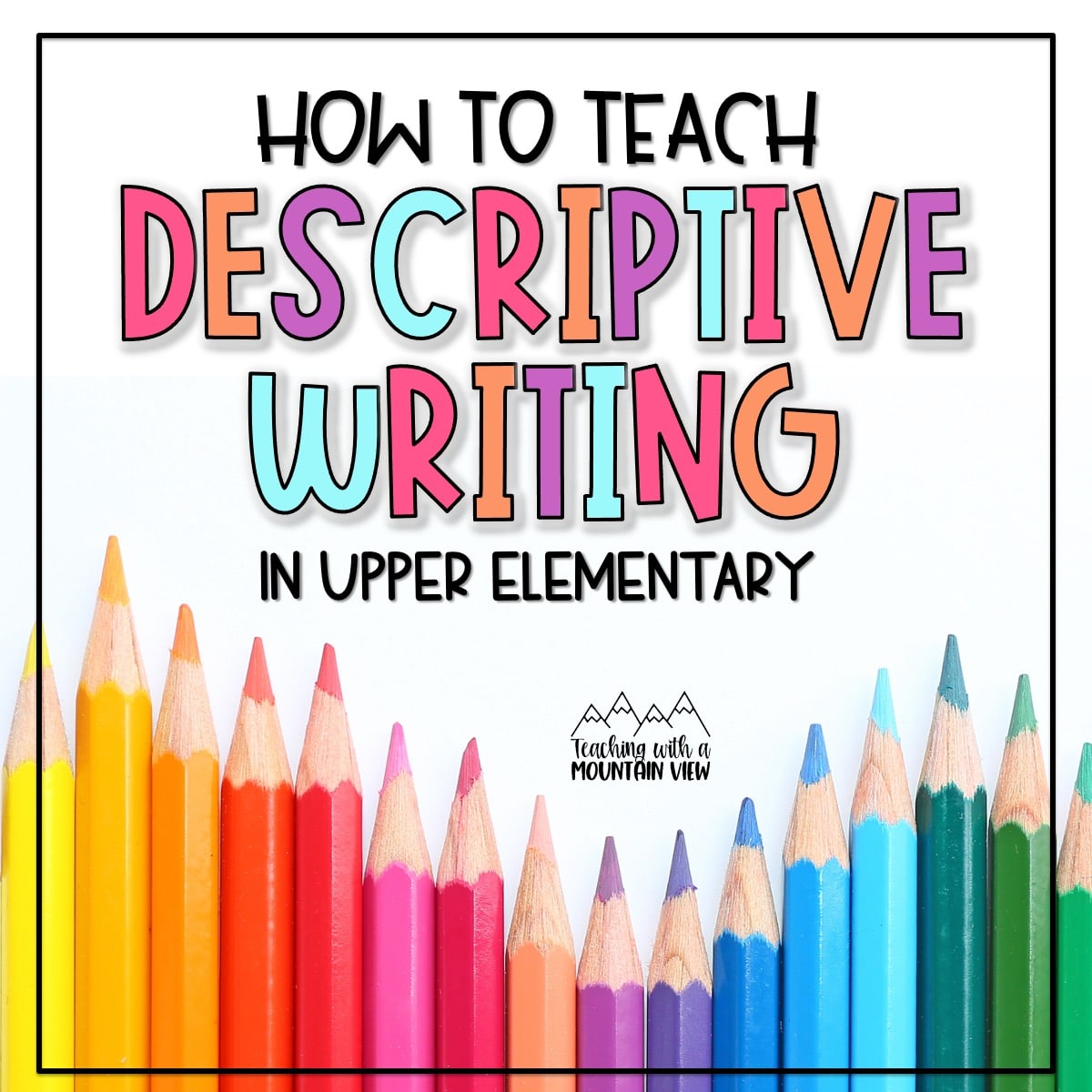
If you’ve ever read your elementary students’ writing and felt that something was missing, it’s possible that your students are lacking descriptive writing! Before we teach descriptive writing to students, stories often feel flat and bare. But with the help of a few descriptive writing activities, your students can have truly engaging stories!
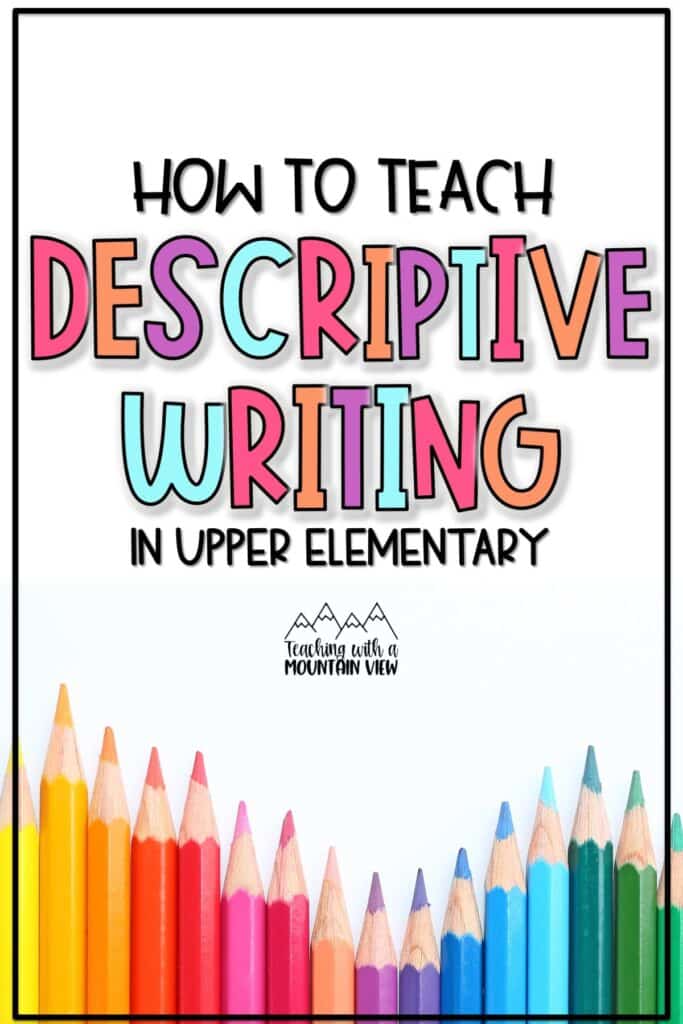
Here’s my process for turning students’ simple writing into descriptive writing.
Be sure your students are confident in basic sentence structure.
Before you dive in, you want to make sure your students are crystal clear on basic sentence structure and rules, such as what a complete sentence looks like. The reason for this is because descriptive writing adds another layer of complexity. If you students are struggling with writing complete sentences, then that struggle will only worsen with more detailed writing. I have an entire blog post here about how I teach complete sentences to my students!
Another tip, if you don’t already have an anchor chart in your classroom or in your students notebooks that review complete sentences, I highly recommend doing that. This will give your students a reference point as you move to more complex writing.
Introduce descriptive language with a mentor sentence (or two).
Before you explain what descriptive writing is, try this easy activity. Give students two different sentences. The first sentence should be really basic. For example: I ate dessert. Then, give students a descriptive sentence that deals with the same topic: I devoured a delicious cheesecake after dinner. Ask students what they notice about these two sentences. How are they different? Which one helps you picture the scene better? What makes it better?
After this introduction, it’s time to introduce more detailed writing. Explain to students that descriptive writing helps the reader visualize what is being written – like a mental picture! We can create that mental picture with specific words.
Look between the two example sentences again. Ask students which verb is more specific. Which sentence contains more detail? Which sentence gives more information? That is the descriptive sentence. You can continue this exercise with several mentor sentences.
At the end of the lesson, you want your students to grasp this knowledge: with descriptive writing, we want vivid verbs, specific nouns, and descriptive adjectives and adverbs. We also want to know the who, when, what or how. This creates the mental image.
Use descriptive writing prompts with students.
After modeling and examples, it’s time for the fun part – writing! With your students first writing practice, you probably want to give them a descriptive writing prompt. This can be a basic sentence to work with or an image. Then, challenge students with creating a descriptive sentence!
I personally find that using picture prompts works best for starting descriptive writing. I have fifteen descriptive writing picture prompts that you can use! These can be printed or used digitally. Each prompt has an image and guides students through selecting specific words to use in their descriptive sentence.
It’s normal for students to struggle at first with descriptive writing. If you notice that they are using some repetitive verbs or adjectives, create a chart with alternatives (ex. alternatives for the word “pretty”) or show students how to find synonyms.
If students are using over-the-top alternatives, such as replacing “pretty” for “prepossessing”, then you definitely want to talk with students about using words they know and feel comfortable using – not just random words from the thesaurus.
More Writing Tips
Writing can be a challenging subject to teach, which is why I’m here to help you along the way. If you want more writing tips, check out my other writing blog posts!
Mary Montero
I’m so glad you are here. I’m a current gifted and talented teacher in a small town in Colorado, and I’ve been in education since 2009. My passion (other than my family and cookies) is for making teachers’ lives easier and classrooms more engaging.







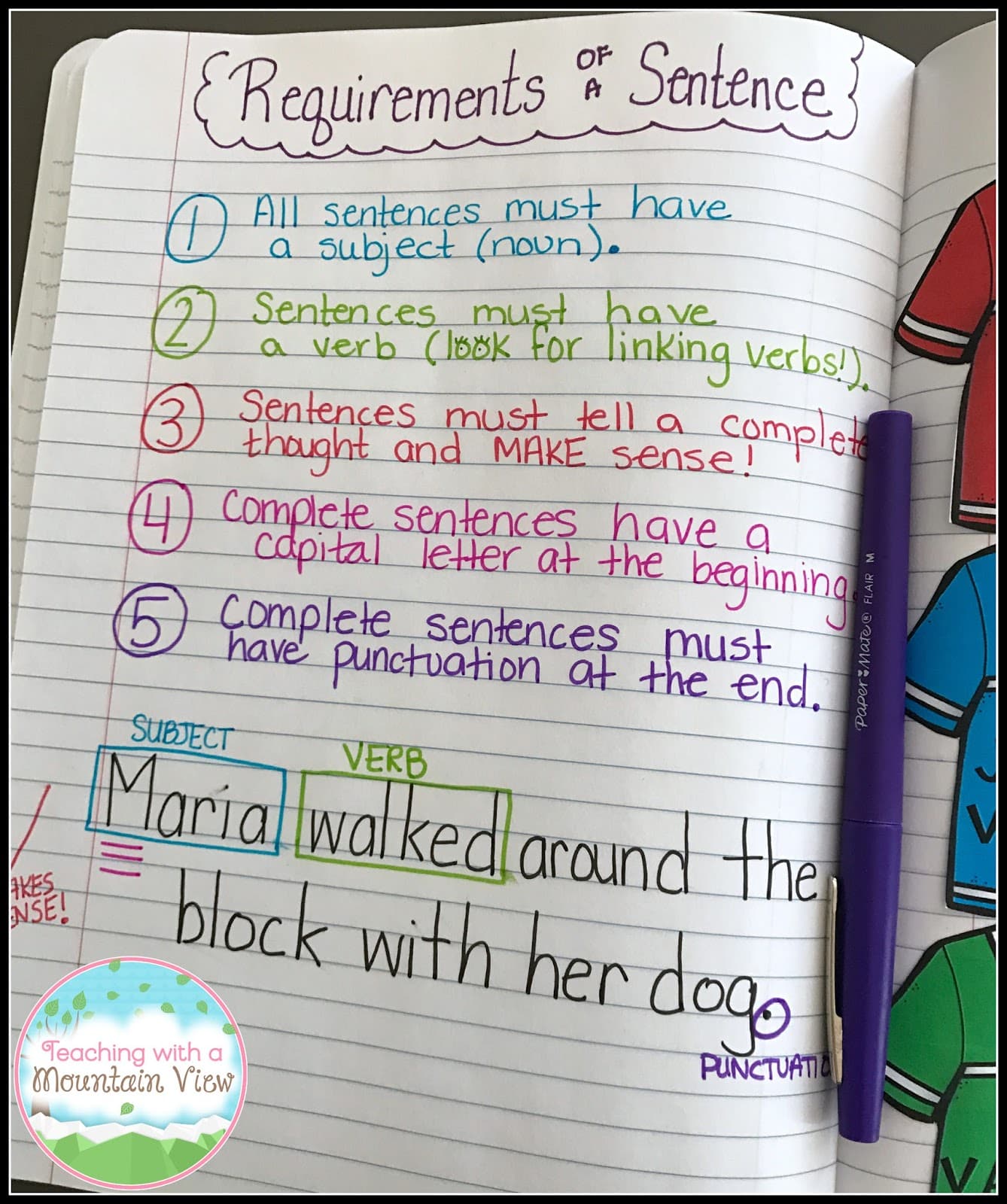
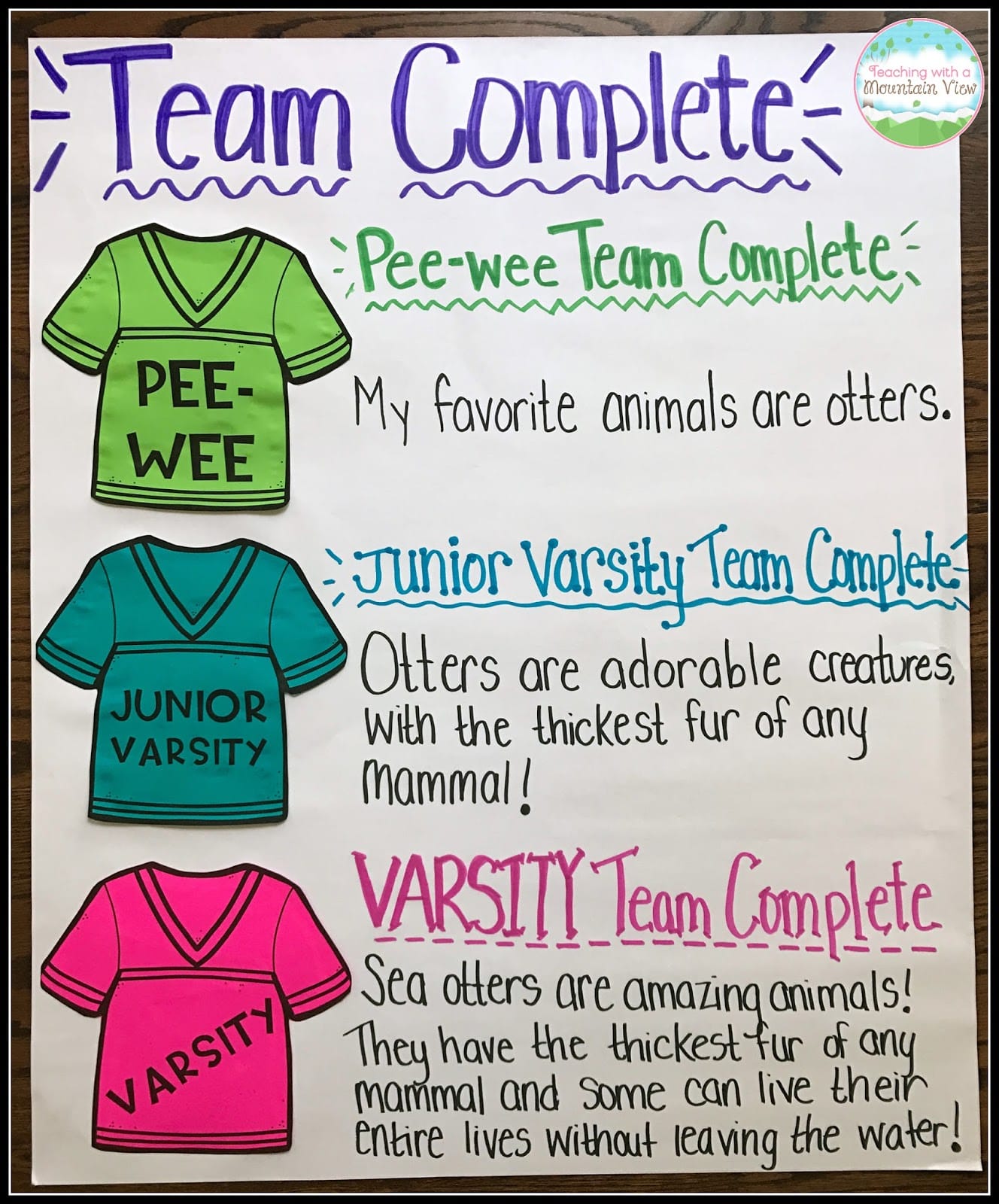
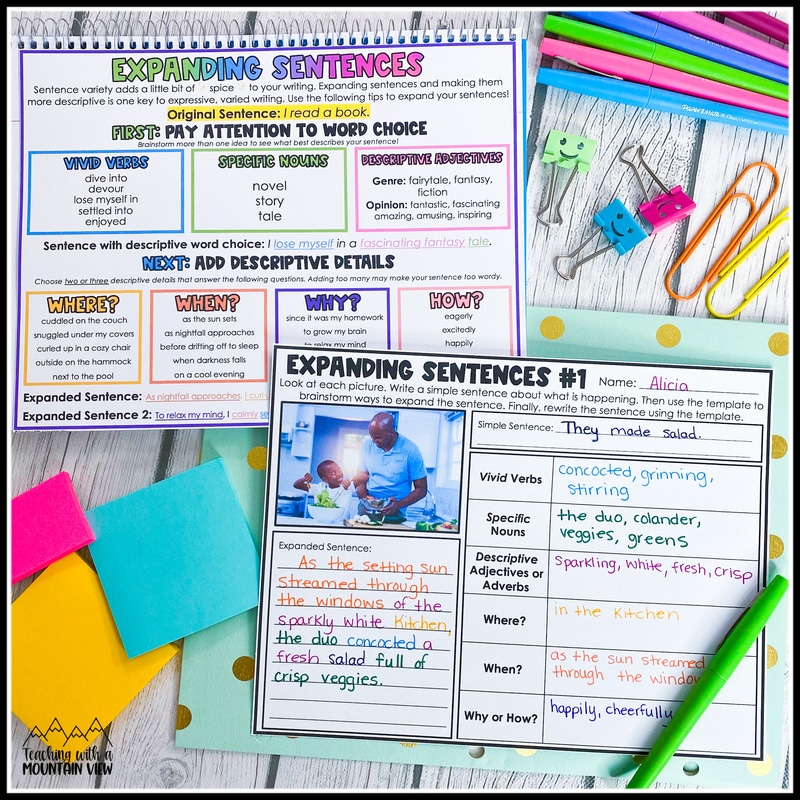





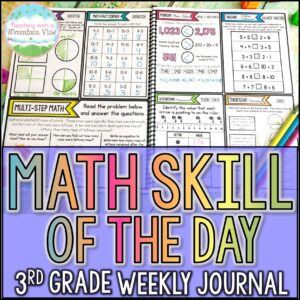 3rd Grade Spiral Math Review | Math Skill of the Day
3rd Grade Spiral Math Review | Math Skill of the Day